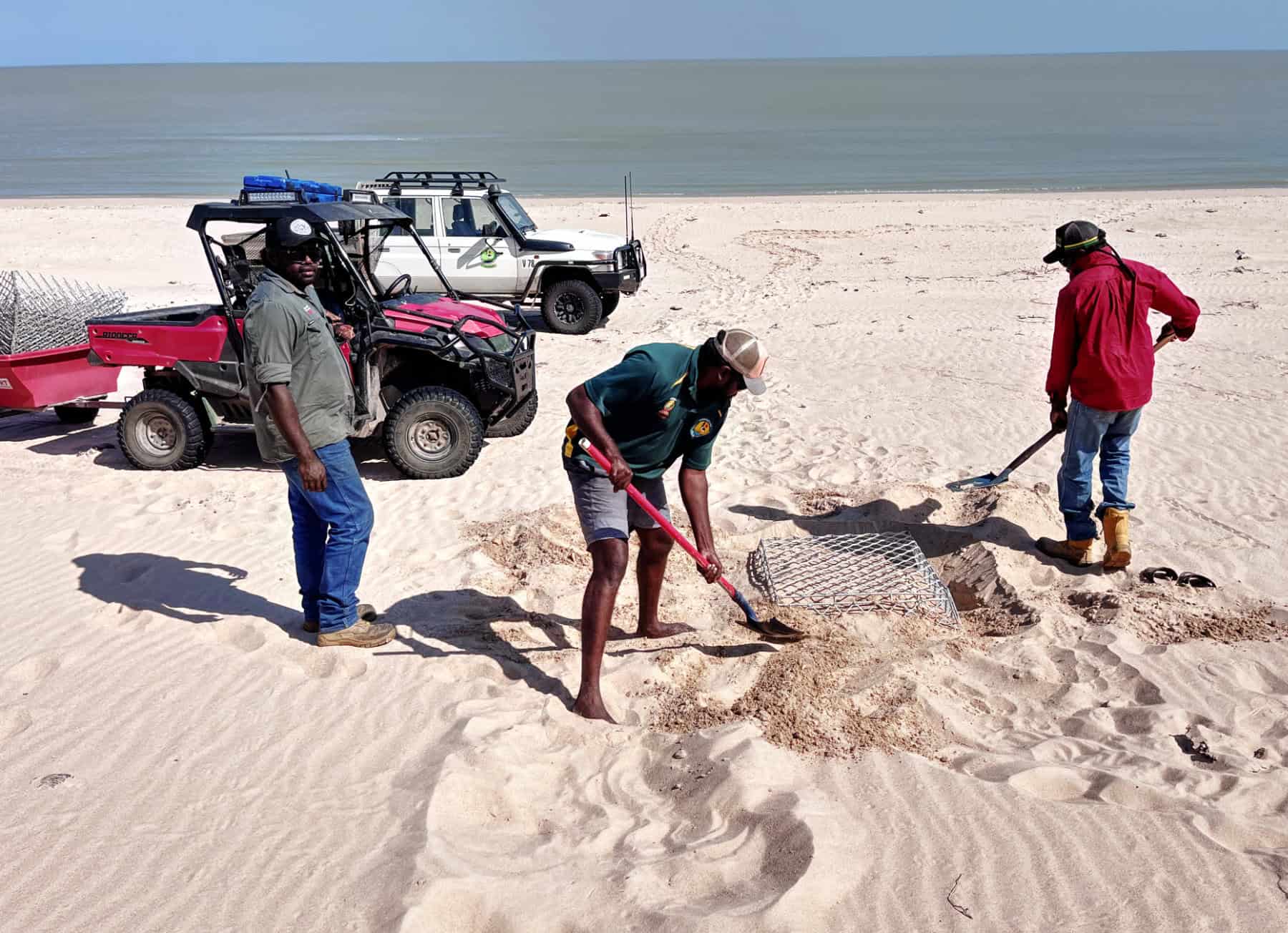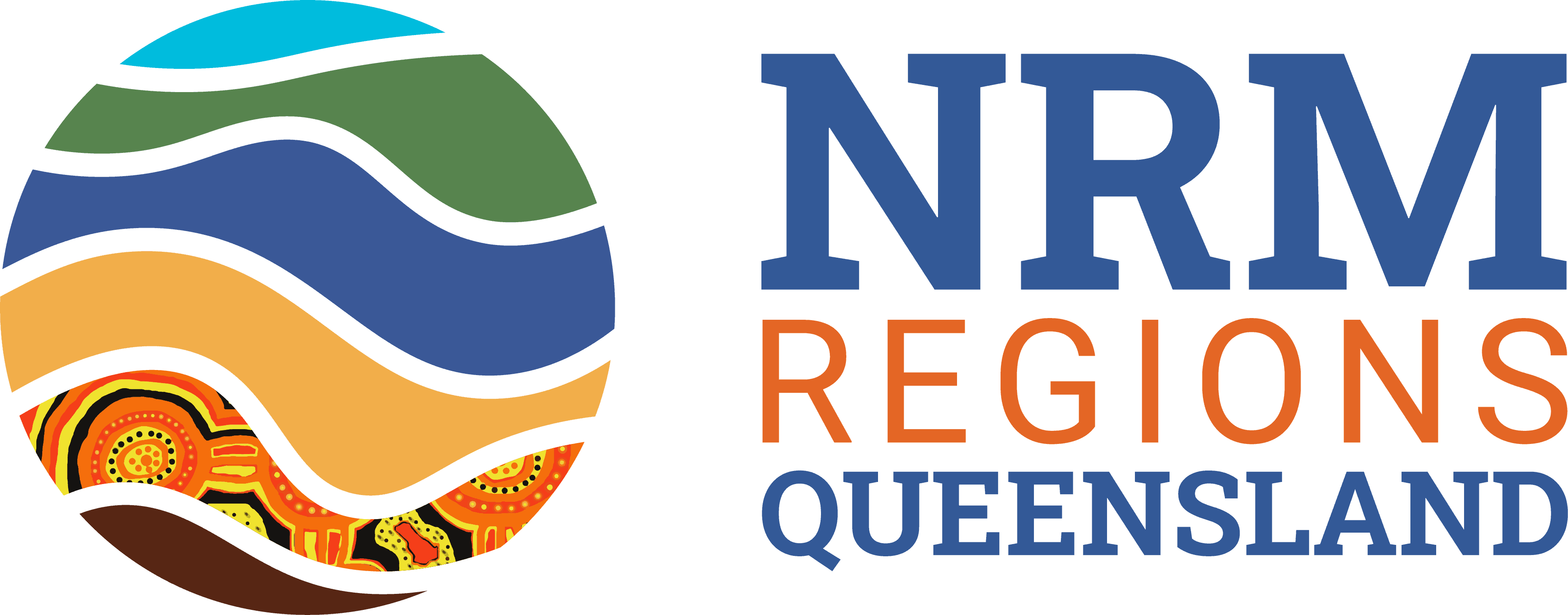Western Cape York has Queensland’s largest nesting population of the endemic and vulnerable flatback turtle, the state’s entire nesting population of the endangered olive ridley turtle and a regionally important nesting population of the endangered hawksbill turtle.
Turtles come to nest on the western Cape from July to October, many of them returning to the beaches where they hatched many years ago.
Australia protects its sea turtles well, but their offspring face danger on our beaches. A turtle might lay up to 100 eggs in a nest, and may create more than one nest.
But feral pigs plunder the nests, eating or breaking the eggs. Not long ago, only 10% of nests survived to hatching.
The Western Cape Turtle Threat Abatement Alliance (WCTTAA) was formed more than 10 years ago after 100% nest predation was recorded on some beaches. Today it is a partnership of six on-ground Indigenous land and sea owners and managers from Apudthama Land Trust and the Northern Peninsula Area Regional Council (NPARC), Napranum Aboriginal Land Council, Mapoon, Pormpuraaw, Aak Puul Ngantam (APN) Aurukun and Kowanyama, supported by regional NRM organisation Cape York NRM.
WCCTTA’s growing reputation for reducing feral pig predation of turtle nests was cemented in 2021 when it hit an incredible milestone: 98% of nests remained unscathed at one remote beach.
Alliance members use a combination of beach patrolling and monitoring, the use of design-specific nest cages which cover the nest and prevent predators from digging for eggs (but allow hatchlings to leave the cages) and feral pig culling.
To date, most beaches show less than 30% clutch loss to predation, which is the maximum percentage to maintain a sustainable population.
During the 2023 turtle season, more than 5000 nests were monitored along the western with only 12 per cent of them damaged by predators.
Over the past 10 years, the Alliance has reduce turtle nest predation from over 90 per cent to as low as 10 per cent for Olive ridley (Lepidochelys olivacea), Flatback (Natator depressus), Hawksbill (Eretmochelys imbricata) and Green turtle (Chelonia mydas) nesting sites.
Rangers use purpose-built, rust-proof cages which are installed over nests to prevent feral animals, such as wild pigs, from attacking the eggs. They also remove marine debris, including ghost nets, monitor the beaches, carry out pre-season culling of feral animals and conduct education campaigns for the public about beach driving and camping while nests are present.

Rangers install turtle cages on a Cape York beach.
– –
Find out more about the Western Cape Turtle Threat Abatement Alliance:
- Land and Sea Rangers from Pormpuraaw and Kowanyama have taken their welding skills to the next level, by learning how to build aluminium cages used to protect turtle nests from predation on the western Cape York Peninsula. Read more.
- A study trial on the temperature of sea turtle nests has revealed that shade cloth can effectively turn down the heat. Read more.
- 36 people attended a 2024 forum in Cairns to review program results, discuss new knowledge and observations and prepare for the 2024 nesting season. Read more.
